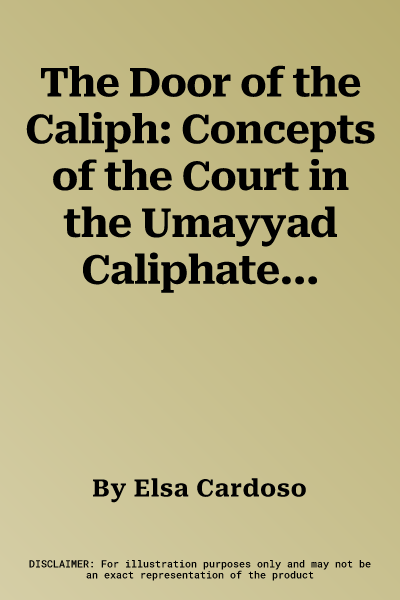This book focuses on the conceptualization of the court, palace and
ruler of the Umayyad Caliphate of al-Andalus. Western terminology still
plays a normative role in the representation of foreign courts,
determining concepts that fit poorly into chronologies with their own
dynamics and specificities, which is the case of Muslim courts. While
Court Studies is a well-developed field for modern Western societies,
Muslim medieval courts lack a consistent field of research.
Sources elaborate a specific terminology for medieval Muslim court
societies. In the specific case of the Umayyad Caliphate of al-Andalus,
the court is usually articulated as Bāb Suddat al-Khalīfa ("The door
of the Sudda of the caliph") - a reference to the symbology of the
main city gate of Cordoba - or simply as Bāb. Bāb Suddat al-Khalīfa
became the most emblematic concept to name the Umayyad palace and its
society, which will be additionally interpreted in the framework of the
performance of ceremonial. The strong conceptualization of the Umayyad
court of Cordoba was highlighted through the articulation of
ceremonial, as the mis-en-scène of the conceptualization, expressed by
gestures, insignia and hierarchies.
The preliminary comparative perspective with the Umayyad Caliphate of
Damascus, the 'Abbasid and Fatimid Caliphates and the Byzantine Empire
further discusses the Umayyad Andalusi model in relation to other
dynasties. While this book focuses on the Umayyad conceptualization and
articulation of ceremonial, this model will be discussed within the
Mediterranean and Eastern framework of the 10th and 11th centuries,
which broadens the interest of the book to other fields of research.

